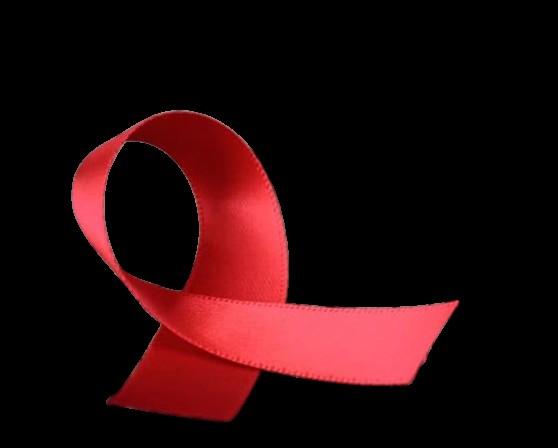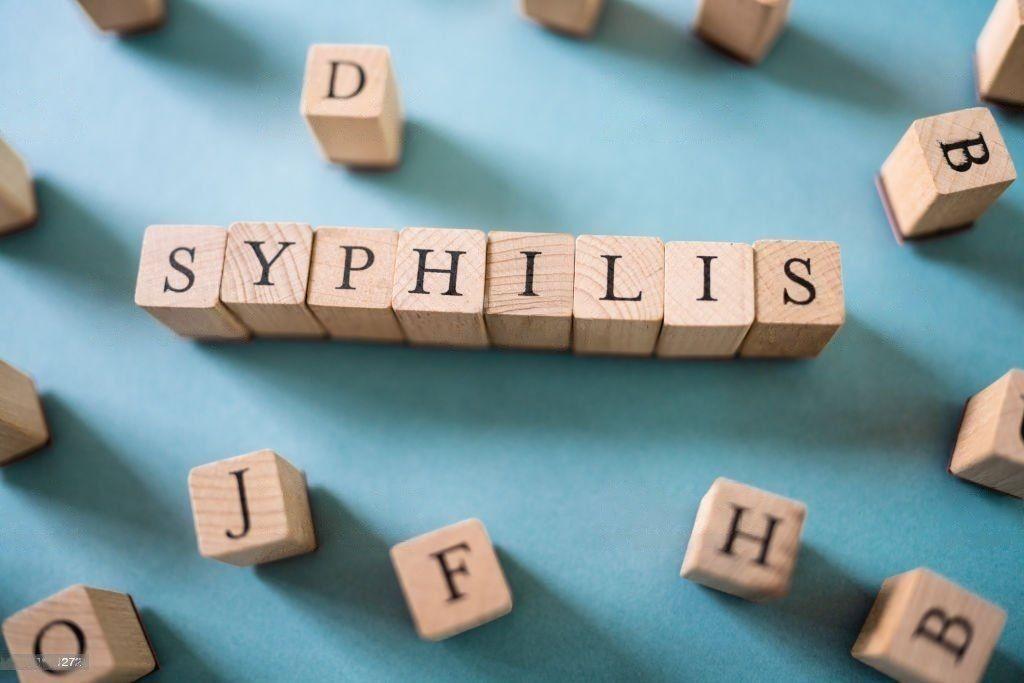Six Risky Behaviors That increase your risk of contracting HIV/AIDS
HIV/AIDS encompasses a range of conditions that start with an initial infection caused by the Human Immunodeficiency Virus (HIV) which eventually progresses to fully-fledged Acquired Immunodeficiency Symptom (AIDS). In the process of destroying your immune system HIV slowly impairs the body's capability to fight off cancer and infections. This is the reason the reason that people with HIV are more vulnerable to certain diseases (e.g. Pneumocystis Jiroveci Pneumonia) and tumors (e.g. Kaposi Sarcoma) which are not often found in people who are immune-compromised. In fact, HIV/AIDS is a worldwide epidemic that does not spare any part of the globe. As per the World Health Organization, about 35 million people lived in the world affected by the disease as in 2013, with around 1.5 million deaths due to AIDS recorded within the previous year. Unfortunately, sub-Saharan African accounts for 70% of world prevalence of the disease. Another important aspect regarding HIV/AIDS is that viral burden is an significant indicator of an individual's infection rate, such that a person who has an extremely high amount of viral load is more likely to spread the virus to other people.
In light of the above importance, it's important to look at certain risks that increase the risk of contracting the fatal virus: Sexual encounters that are not protected
Sexual contact that is not protected (oral, vaginal or even anal) is among the most risky activity associated with HIV transmission. This is particularly true for people who have multiple unprotected sexual partners, such as commercial sex industry workers who indulge in sexual sex for cash ('survival sexual sex). Similar to this, even if you're the one who has multiple sexual partners, you're equally vulnerable. Additionally, the chance that you will be at risk of HIV transmission is considerably more likely in the case that there are others Sexually Transmitted Infections because of the increased risk of being exposed to blood infected or body fluids during sexual sex. For instance, research has shown a five-fold increase the chance of transmitting HIV when there are sexually-related ulcers. Fortunately, the possibility of HIV spread through sexual contact that is not protected can be virtually eliminated by implementing the well-known ABC strategy that includes abstinence as well as being faithful to your partner, as well as consistent and proper usage of condoms. If you suspect that you’re at risk, here are some suggestions: click the link www.pepforhivtreatment.com/hivpep/ for an STI Clinic for an HIV test.
Unsafe Transfusions with blood Transfusion
Inadequate transfusions with HIV-infected blood products and blood is yet another major source to HIV transmission, particularly in countries with poor infrastructure for comprehensive examination of the blood as well as other products are usually not available. In these areas around 15 percent in all incidences of HIV can be traced through transfusions with blood that is infected. Research has proven that blood donors with infected blood eventually contract with HIV/AIDS within 90 percent of instances.
Sharing of Sharps

It is commonplace to share sharp items such as haircut clippers, razors, or shaving blades with others. But, it also contributes to its part to the spread of HIV by infected persons (who don't even know of the condition in many cases) to non-infected populations. When making use of some of these tools cuts, minor or severe - may occur and are frequently overlooked, which leads to contact with blood that is infected and aids in spreading HIV? Another insidious practice, particularly in the traditional context, involves marking people with scars typically using unsterilized sharps under the pretense of treating some ailments or conferring a spiritual shield on them.

Needle Stick Injury
Healthcare professionals who are in frequent contact with patients with infections this method of transmission is not unusual. This is why it is essential to ensure that the necessary safety precautions like the constant hand-gloves use and the proper disposal of needles and syringes is taken always. However, some health professionals frequently ignore these guidelines. Remember that one moment of negligence could cost you money. If you don't know what to do if you have symptoms of HIV. We suggest you visit HIV treatment in Delhi for PEP treatment.
If there is an accidental needle puncture or blood splash onto the mucous membrane or skin The area must be thoroughly cleaned under running water and left to flow freely after which the person who was exposed should immediately begin Prophylaxis after exposure, usually within 1-2 hours, but not more than 72 hours after exposure.
Intravenous Drug Abuse
The people that inject drug (especially the hard ones) directly into bloodstreams are also more at chance of developing HIV. Within the United States, this practice makes up about 10% of the annual HIV cases. It is not unusual for people who use intravenous drugs to share the same needle the syringe or preparation of drugs. Naturally, if one individual is infected by this virus may easily spread to other people.
Alcohol Abuse
Alcohol consumption that is excessive can get people drunk, so that their judgment is distorted which causes them to lose inhibitions. Someone who is drunk is more likely to engage in the above dangerous behaviors, such as engaging in casual sexual relations without a condom. Additionally, excessive alcohol has been found to degrade the immune system and increase the rate of progress of HIV/AIDS. If you are fall into the high-risk category we advise you to go near clinic for post-exposure prophylaxis test.

